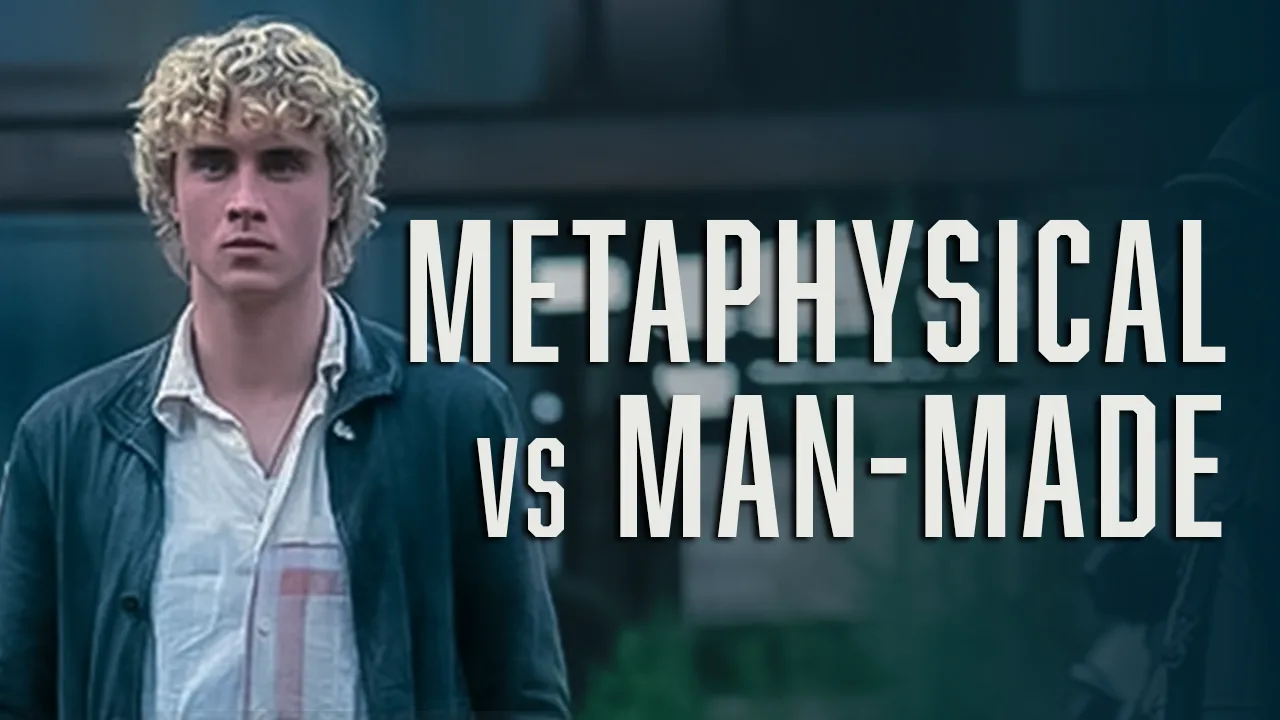Deep Work: “Professional activities performed in a state of distraction-free concentration that push your cognitive capabilities to their limit. These efforts create new value, improve your skill, and are hard to replicate.” —Cal Newport
What if you could produce better quality work in less time, resist distractions, and more effectively concentrate on difficult tasks? In his book Deep Work: Rules for Focused Success in a Distracted World, Cal Newport makes a compelling case for developing a practice he calls “deep work” in order to maximize your creativity, make better use of your time, and “wring every last drop of value out of your current intellectual capacity.”
Throughout the book, Newport lays out a practical system for implementing deep work into your daily life, along with several exercises to help you develop the skills it requires. As he notes, performing deep work is not the result of a one-time decision, but a skill that must be developed through practice. Just as you might train your body to do a pull-up, so you have to train your mind to both resist distractions and concentrate more deeply.
Today, I’d like to share one method of practice that has helped me strengthen these abilities. Newport refers to this as “Productive Meditation,” an exercise which he developed during his time as a postdoctoral associate when, to stay fit, he frequently traveled to work by foot. Newport wanted a way to practice his deep work skills during this time. He states:
The goal of productive meditation is to take a period in which you’re occupied physically but not mentally—walking, jogging, driving, showering—and focus your attention on a single well-defined professional problem. Depending on your profession, this problem might be outlining an article, writing a talk, making progress on a proof, or attempting to sharpen a business strategy.
The purpose of productive meditation is twofold:
First, you are aiming to sharpen your concentration by going deeper and deeper on a single task. This is different from simply thinking, just as reading a book is different from studying it. In the latter case, you engage in an active and often strenuous process, working to grasp each point and make integrations with your existing knowledge.
Second, you are strengthening your ability to resist distractions. Similar to other forms of meditation, “you must continue to bring your attention back to the problem at hand.”
Getting started with productive meditation is simple. Newport offers the following suggestions, listed here in four steps:
- Start by identifying a pressing problem you’d like to solve. The goal of your session will be to focus on this problem to the exclusion of everything else that may otherwise take your attention.
- With a problem in mind, define the specific, next-step question you need to answer to make progress toward a solution, along with whatever relevant variables you’ll need to keep in mind. For example, a writer who wants to identify how to effectively begin an article may need to bear in mind the theme of his piece, some points about his audience’s context, and a few concrete examples he’s already identified.
- As you perform your session, be wary of internal distractions. Newport identifies two common ones.
The first occurs if your mind wanders to an easier but unrelated issue like composing an email or to-do list, or working on another project. Rather than engaging with these distractions, gently remind yourself that you can return to those thoughts later.
The second, less obvious one occurs if, instead of going deeper to solve the problem, your mind loops over what you already know. For example, a writer who wants to introduce a new point in an article, may instead loop over portions of the piece that he’s already written, avoiding the strain and effort of solving the problem at hand. If this happens, recognize that you seem to be in a loop, then redirect your attention to the task at hand.
- Once you finish, consolidate your gains by reviewing and noting your discoveries. To this end, you may wish to have a notebook or recording device handy.
As your ability to focus and resist distraction improves, so will your results. Although Newport found little to show for his initial sessions, he would go on to use this technique to write many of his book chapters and solve technical problems related to his academic research.
To maximize these improvements, Newport suggests a minimum of two or three sessions weekly. Because productive meditation makes use of the time you’re already spending, it should be easy to fit in, although you may also consider scheduling walks specifically for productive meditation.
I have found that productive meditation is a great way to sharpen my focus, make better use of my time, and solve professional problems. I’d love to hear how it works for you!
Cal Newport will be speaking at TOS-Con 2021 this summer in Boston. Come level up your productivity and cognitive capabilities at the most life-enhancing conference of the year!





